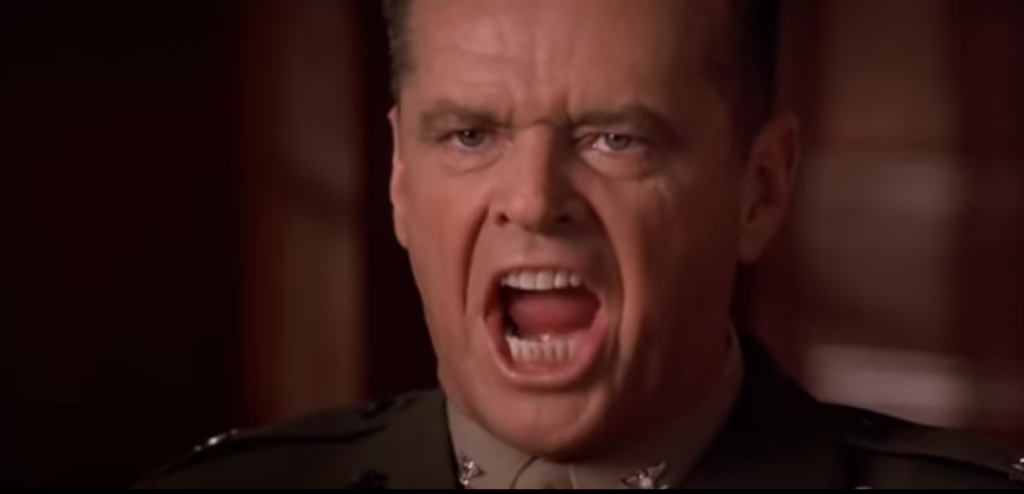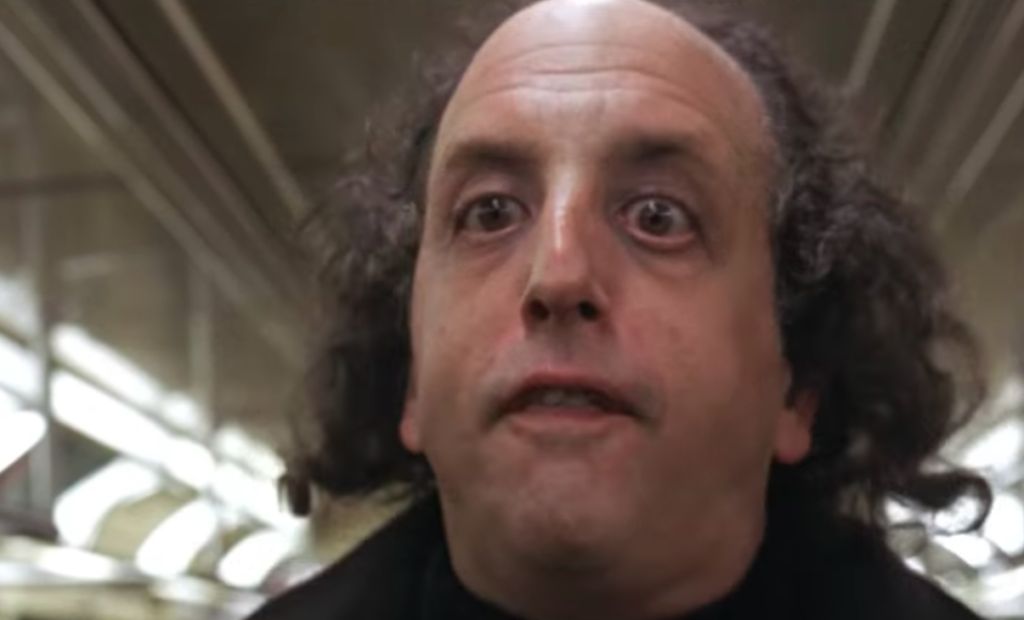
“You don’t want the truth because deep down in places you don’t talk about in parties, you WANT me to be overweight, you NEED me to be overweight.”
Sometimes you gotta probe a little.
For example, I heard Ben Settle mention on his podcast, and maybe in a recent Email Players issue, how you get to the bottom of your market’s worst fears.
You first ask them (for example), “Why would you want to lose weight?”
“Because I don’t like the way I look and it’s unhealthy.”
“I see. Any other reasons?”
And then they think. And think. And if you’re lucky, the real story comes out:
“To tell you the truth, I was in a store yesterday and as soon as I came in, this snotty-looking sales girl intercepted me at the door and she said, ‘We don’t have anything in your size.’ I just got so humiliated and furious I decided something had to change.” (True story, by the way.)
You see, it’s that second, follow-up question which really gets the deep, dark, painful reasons why people do what they do.
It’s like the climax in A Few Good Men.
Tom Cruise’s character keeps probing and probing, asking just one more question…
Until he gets Colonel Jessup, played by Jack Nicholson, to expose himself and yell out the famous line:
“YOU CAN’T HANDLE THE TRUTH!!!”
Well, as a copywriter and a marketer, the issue is not that I can’t handle the truth.
Rather, the trouble is that I often can’t get at it.
After all, I rarely have my prospects before me.
I don’t have Colonel Jessup sitting in a courtroom either, waiting for my interrogation.
Instead, I have to go online and do some sleuthing to try to uncover THE TRUTH rather than those surface-level answers everybody is programmed to give.
The trouble is, all the typical places that you will hear recommended — Facebook, Instagram, personal blogs — are full of social posturing, and they don’t actually show people’s dark and scaly underbellies.
However, I do have a reliable way of getting that information.
In fact, just as an exercise, I tried to come up with THE TRUTH for a typical person interested in essential oils.
Within a few minutes, I had an avatar.
Yes, I found out what this person looks like, what her hobbies are, what her favorite TV show is…
But I also found out what rare disease she has, her personality type, and her insecurities around her friends .
This is NOT stuff that you will ever find on Facebook.
But it is out there, right on on the Internet savannah — if you know where to look. And though it might seem creepy, it’s a necessary part of the research you have to do if you are going to target an audience effectively.
Anyways, if you want to know what this deep fountain of personal information is, you’re in luck.
I’ll talk about it in more detail in my upcoming book.
Sign up below and I’ll send you a free copy when I’m finished with it:


